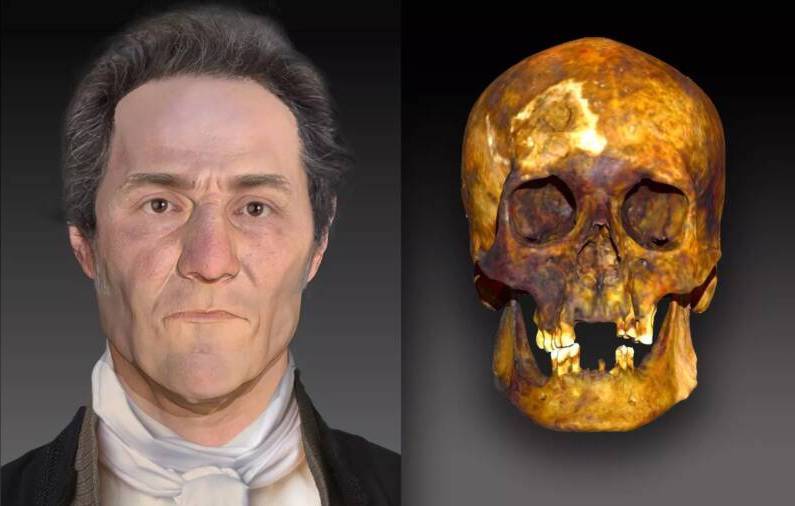
Wielding DNA evidence, a mystery of long ago has been solved. Scientists saved the face of a buried Connecticut vampire. The actual man, who was accused of being a vampire, had a name—John Barber. Barber’s skull suggests he had few teeth to bite anybody’s neck or suck any blood. However, the state of his body at the time of death is unclear. Foul play could have been involved. His face has been digitally reconstructed with the help of Parabon NanoLabs and the Armed Forces DNA Identification Laboratory.
Vampires, or their myths and legends, have been known to terrorize diverse countries from Greece to the United States. They have appeared in ancient and modern times. Scholars in Connecticut also have a rich engagement with Ancient Greece. DNA evidence often is in conversation with the latest studies of antiquity. Looking that far back to archaic times, means two hundred years ago is a smaller leap.
Thirty years ago, archaeologists and scientists began to “save face”
Thirty years ago in Griswold, Connecticut researchers came across the strange remains of Mr. Barber. In a Connecticut graveyard dating to the early 19th century (many websites on the internet say 18th century in error), one grave stood out.
Its occupant, a man who died about two hundred years ago, had been dug up and reburied with his head and limbs piled on top of his ribcage, hinting at the suspicion of being a vampire. It also suggests his body was mutilated.
When someone metaphorically “saves face,” they usually correct their own embarrassing errors. However, by scientists reconstructing this man’s face, they may be undermining the deeds of malicious people long ago. And these did not include the “vampire.”
Now, archaeologists have revealed the identity of the man, formerly known only as “JB-55.” His initials and age at the time of death were spelled out on his coffin in brass tacks.
Comparing genetic evidence: finding the Connecticut vampire
Forensic scientists compared genetic evidence from the skeleton with online genealogical databases to ID the “vampire.” He was probably a toiling farmer who lived a burdened existence. Tuberculosis appears to have been the cause of his death. A representative of the National Museum of Health and Medicine in Silver Spring, Maryland announced this at a public event on July 26, 2022.
Research revealed that the man may have died from a type of chronic pulmonary infection, (tuberculosis fits). This is a bacterial infection that affects the lungs. It is said that when people are severely sick with the illness, they often suffer from gaunt cheeks and receding gums. This can make human teeth look more elongated like a vampire’s.
John Barber’s image was unveiled at the International Symposium on Human Identification conference in Washington DC earlier this week.
See all the latest news from Greece and the world at Greekreporter.com. Contact our newsroom to report an update or send your story, photos and videos. Follow GR on Google News and subscribe here to our daily email!



